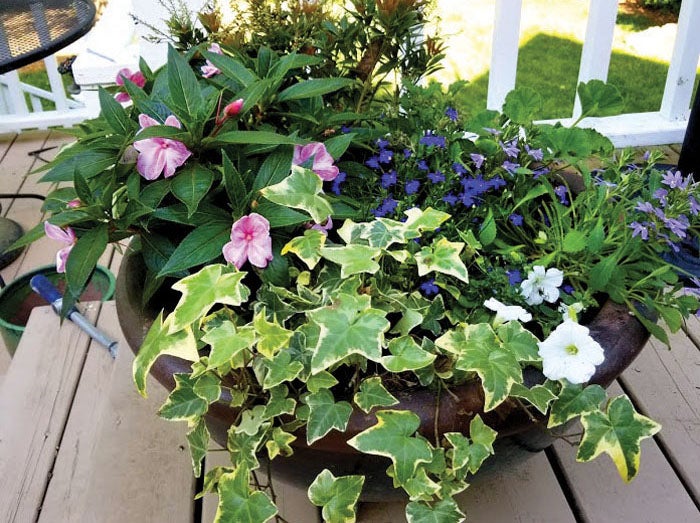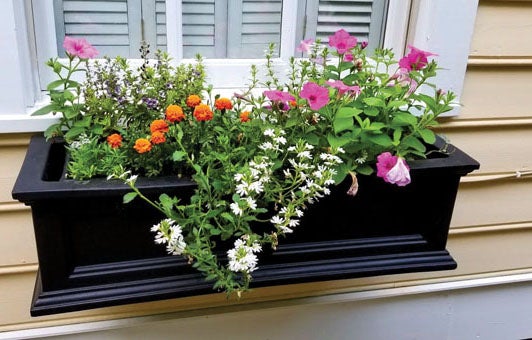Darrell Blackwelder column: Container gardens
Published 12:00 am Sunday, May 16, 2021

- Container plantings
Container plantings add color and green space to areas void of plant materials and bloom. The use of container gardens shouldn’t be restricted to just decks or patios. Consider using implementing planters in landscapes and planting beds as a focal point. A blank wall or lone window can be turned to an area that sparks interest with a hanging planter or window box.
Containers: Containers need to have enough capacity to support root systems of plant materials. Drainage holes are necessary for growth and root development.
Design element: There is really no right or wrong design for containers. Plant what you enjoy. A major concept is to consider dwarf plants that can withstand crowded spaces. Keep a watchful eye on plant growth and be aware that you may periodically need to replace spent or diseased plant materials throughout the growing season.
Soil media: Soil media within the container needs to be a sterile mix with an ample blend of peat moss, vermiculite and ground bark. The soil mix must hold moisture but also well drained to avoid disease problems.
Water: Containerized plantings during the summer month can be demanding often requiring irrigation twice a day in extremely hot weather. Nursery centers and other retail outlets also have drip irrigation systems specifically designed for container gardens.
Fertilization: Container plants need regular fertilization to obtain healthy and maximum growth. Time-released fertilizers are often added when planting followed by regular feedings with water soluble fertilizers.
Darrell Blackwelder is the retired horticulture agent with the North Carolina Cooperative Extension Service in Rowan County. Contact him at deblackw@ncsu.edu .




